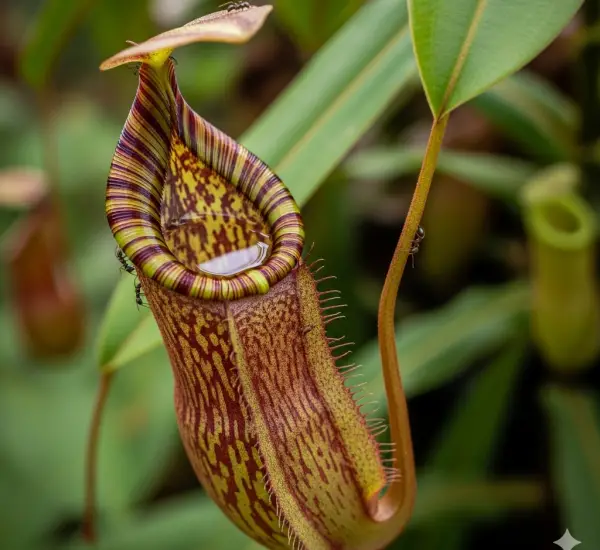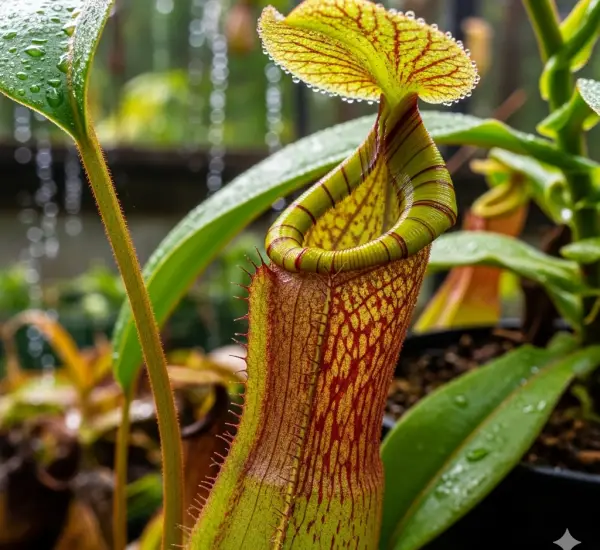Growing melons in containers is a great way to enjoy sweet, homegrown fruit even if you’re limited on garden space. One of the best varieties for container gardening is the Minnesota Midget—a small, fast-growing cantaloupe known for its early maturity, compact vines, and sweet flavor. This guide covers everything you need to know about growing Minnesota Midget melons from seed in containers, including planting tips, container selection, and care throughout the season.
Why Choose Minnesota Midget Melon?
The Minnesota Midget is ideal for small gardens and container growing due to its compact size and short growing season. It produces small, round fruits (about 4 to 6 inches in diameter) with orange, aromatic flesh. These melons mature in about 65–70 days, making them suitable for regions with shorter summers.
The vines only reach about 3 to 4 feet long, and each plant typically yields several fruits. Because of its small size, it’s easier to support in containers than traditional cantaloupes.
Best Time to Start Melon Seeds
Melons are warm-season crops that need heat and full sun to thrive. Start seeds indoors 3 to 4 weeks before your area’s last expected frost. Alternatively, you can sow seeds directly into containers outdoors once temperatures are reliably above 70°F (21°C), both during the day and at night.
If you live in a cooler climate, using a heat mat or starting indoors will help get a jump on the season.
Supplies You’ll Need
-
Minnesota Midget melon seeds
-
Large container (minimum 5 gallons per plant)
-
Well-draining potting mix
-
Compost or organic fertilizer
-
Trellis or cage (optional, for vertical support)
-
Watering can or drip irrigation system
Choosing the Right Container
Melons need ample space for their root systems and room to sprawl or climb. Choose a container that holds at least 5 gallons of soil—larger is better. Ensure the pot has several drainage holes to prevent waterlogging.
Fabric grow bags, plastic pots, and half-barrels all work well. You can grow one Minnesota Midget plant per large container or multiple plants in a raised bed setup.
Soil and Fertilization
Melons prefer rich, well-draining soil with plenty of organic matter. Use a high-quality potting mix combined with compost or aged manure to boost nutrients.
Melons are heavy feeders, so mix a slow-release organic fertilizer into the soil at planting time. As the plant grows, switch to a balanced or fruiting fertilizer (such as 5-10-10 or 10-10-10) every 2–3 weeks, or follow label instructions if using liquid fertilizer.
How to Plant Melon Seeds
-
Fill your container with potting mix, leaving about 1–2 inches of space from the rim.
-
Plant 2–3 seeds about 1 inch deep in the center of the pot.
-
Water gently and keep the soil moist but not soaked.
-
Thin to 1 plant per pot once seedlings develop their first true leaves, choosing the healthiest plant.
Keep containers in a location that receives full sun—at least 6 to 8 hours per day. Melons thrive in heat and light, so the warmer and sunnier the location, the better the yield.
Supporting the Vines
Although Minnesota Midget vines are compact, they can still benefit from support. Training vines to climb a small trellis or cage can save space, improve airflow, and keep fruit off the soil, reducing the risk of rot.
If you grow melons vertically, be prepared to support the developing fruit with slings made from cloth or mesh to prevent the melons from pulling off the vine prematurely.
Watering and Maintenance
Consistent moisture is key to growing sweet, juicy melons. Water when the top inch of soil feels dry, and be sure to water deeply so roots are fully hydrated. Avoid getting water on the leaves to prevent fungal issues.
Reduce watering slightly once fruit begins to mature—too much water at this stage can dilute the flavor.
Other tips:
-
Mulch the soil surface with straw or leaves to retain moisture and regulate temperature.
-
Watch for aphids, cucumber beetles, or powdery mildew. Use neem oil or insecticidal soap as needed.
-
Hand-pollinate flowers if growing indoors or if pollinators are scarce.
Harvesting Minnesota Midget Melons
You’ll know your melons are ready to harvest when they give off a sweet aroma and naturally slip from the vine with a gentle tug. The rind will turn a golden tan color with pronounced netting. Fruits typically mature around 65 to 70 days after transplanting.
Pick ripe melons promptly to encourage continued production.
Final Thoughts
With the right conditions and care, growing Minnesota Midget melons in containers is a fun and fruitful project—even in small spaces or shorter growing seasons. From seed to harvest, these compact melons offer an easy way to enjoy delicious, homegrown fruit right from your patio or balcony.



